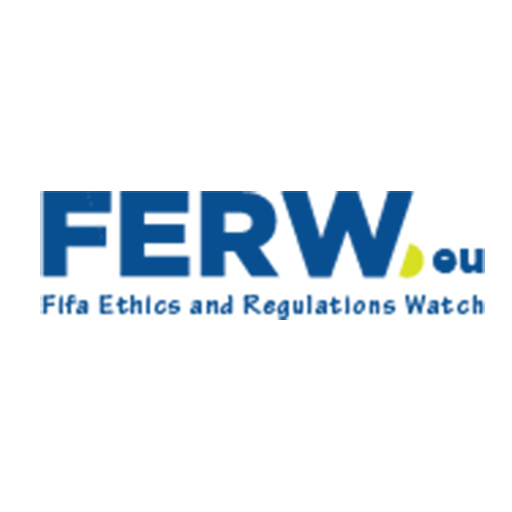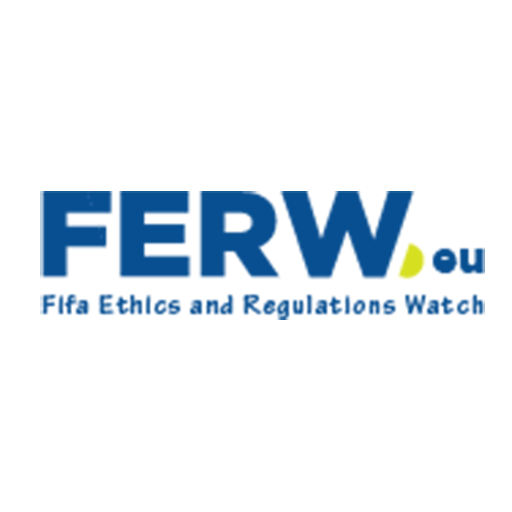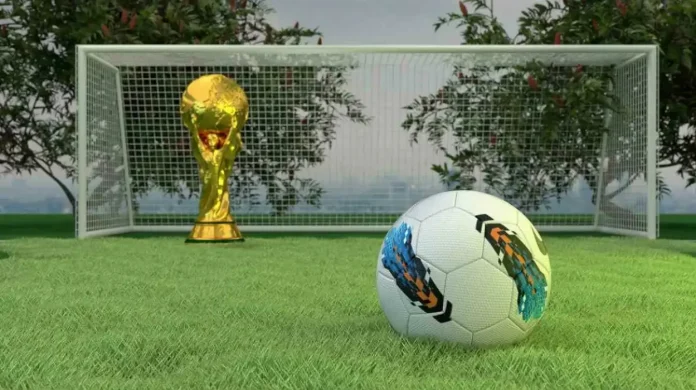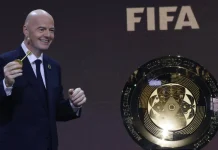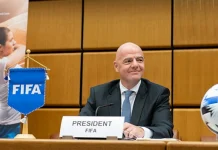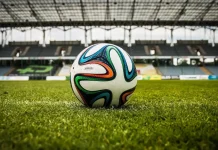The rivalry between FIFA and UEFA represents one of the most significant power struggles in modern football governance, shaped by decades of evolving football history, economic interests, and political maneuvering. This comprehensive analysis explores the roots, key events, statements, and broader implications of this rivalry, drawing on historical context, recent conflicts, legal battles, and voices from within the football community.
Historical Context: Foundations and Roles
FIFA (Fédération Internationale de Football Association), founded in 1904, is the global governing body of football, responsible for organizing international competitions such as the FIFA World Cup and overseeing football governance worldwide. UEFA (Union of European Football Associations), established in 1954, governs European football and organizes continental competitions like the UEFA European Championship (the Euros) and the UEFA Champions League.
UEFA’s history is marked by pioneering developments in European football, such as the creation of the European Nations’ Cup in 1960 (later the Euros) and the European Cup in 1955 (which evolved into the Champions League in 1992). These competitions have grown in prestige and financial importance, making UEFA a powerful entity within global football.
The Roots of the Rivalry: Power, Money, and Influence
The rivalry between FIFA and UEFA is fundamentally about control over football’s most lucrative assets—major tournaments and club competitions—and the governance of the sport’s calendar and rules. UEFA, representing Europe’s wealthy football associations and clubs, commands significant financial resources through the Champions League and the Euros, which generate billions in revenue and attract global audiences.
FIFA, under the leadership of Gianni Infantino since 2016, has sought to expand its influence and revenue streams, notably by proposing a revamped and expanded FIFA Club World Cup and advocating for a biennial World Cup format. These initiatives directly challenge UEFA’s dominance, particularly the Champions League, which is the most prestigious club competition worldwide.
Key Flashpoints and Incidents
1. The 2025 FIFA Congress Walkout
A recent and symbolic incident occurred at the May 2025 FIFA Congress in Paraguay, where UEFA president Aleksander Ceferin led a walkout of European delegates in protest against FIFA president Gianni Infantino’s late arrival. UEFA accused Infantino of prioritizing “private political interests” over football governance, signaling deep mistrust and dissatisfaction with FIFA’s leadership style and agenda.
This event was more than a procedural protest; it underscored the fragile and contentious relationship between the two bodies. Ceferin’s actions reflected UEFA’s readiness to openly challenge FIFA’s authority, a stance that had been growing over preceding years.
2. The Club World Cup and Financial Competition
FIFA’s ambition to expand the Club World Cup from a small tournament to a 32-team event with prize money approaching that of the UEFA Champions League represents a direct economic challenge to UEFA. While FIFA offered winners $125 million, this was still below the Champions League’s $154 million prize, reflecting the ongoing battle for supremacy in club football.
UEFA views FIFA’s expansion plans as disruptive to the established football calendar and a threat to the Champions League’s commercial dominance. This financial rivalry has intensified tensions, with UEFA seeking to protect its competitions and revenue streams.
3. The European Super League and Legal Battles
The 2021 attempt by several top European clubs to form a breakaway European Super League (ESL) further complicated the FIFA-UEFA dynamic. Both FIFA and UEFA opposed the ESL, threatening sanctions against participating clubs and players. However, the European Court of Justice (ECJ) ruled in December 2023 that FIFA and UEFA’s actions violated EU competition law, declaring that their monopoly over football competitions and restrictions on new tournaments were unlawful.
This ruling weakened FIFA and UEFA’s ability to control the football landscape unilaterally and emboldened clubs and other stakeholders to challenge their authority. The decision marked a legal turning point in the governance of football competitions.
Statements and Positions from Key Figures
Aleksander Ceferin, UEFA president, has been vocal in his criticism of FIFA’s recent approaches. His leadership during the 2025 FIFA Congress walkout was a clear message that UEFA would no longer acquiesce to FIFA’s unilateral decisions. Ceferin has emphasized the need for respect and cooperation but has also warned against FIFA’s attempts to centralize power at the expense of continental confederations.
Gianni Infantino, FIFA president, has defended his reforms as necessary for the growth and modernization of football globally. He argues that expanding tournaments and increasing prize money will benefit the sport worldwide and provide new opportunities for clubs and players outside Europe.
Players and coaches have occasionally weighed in on the rivalry indirectly, particularly regarding scheduling congestion and player welfare. Many have expressed concerns about the increasing number of fixtures due to overlapping FIFA and UEFA competitions, which has fueled criticism of both organizations for prioritizing commercial interests over the health of players.
Broader Implications for Football
The FIFA-UEFA rivalry has several critical implications for football’s future:
- Governance Fragmentation: The conflict risks fragmenting football governance, with continental bodies like UEFA forming alliances with others (e.g., CONMEBOL) to counter FIFA’s initiatives, potentially leading to competing tournaments and calendars.
- Legal and Regulatory Challenges: The ECJ ruling challenges the traditional governance model, forcing FIFA and UEFA to reconsider their monopolistic control and possibly embrace more collaborative or open frameworks.
- Commercial Competition: The battle for control over club competitions and prize money could lead to increased commercialization but also instability, as clubs and players navigate conflicting demands and loyalties.
- Player Welfare and Scheduling: The rivalry exacerbates fixture congestion, raising concerns about player burnout and the quality of competitions.
The rivalry between FIFA and UEFA is a complex and evolving struggle over football’s governance, economic power, and global influence. Rooted in their distinct historical roles and ambitions, the conflict has manifested in symbolic protests, legal battles, and competing visions for the sport’s future. UEFA’s assertiveness under Aleksander Ceferin and FIFA’s reformist agenda under Gianni Infantino have brought these tensions to a head, with significant consequences for football’s structure and stakeholders.
As football continues to grow commercially and globally, the resolution—or deepening—of this rivalry will shape the sport’s governance landscape for years to come. Both organizations face the challenge of balancing tradition, innovation, and cooperation to serve the interests of football fans, players, and clubs worldwide.
